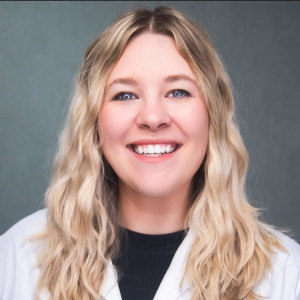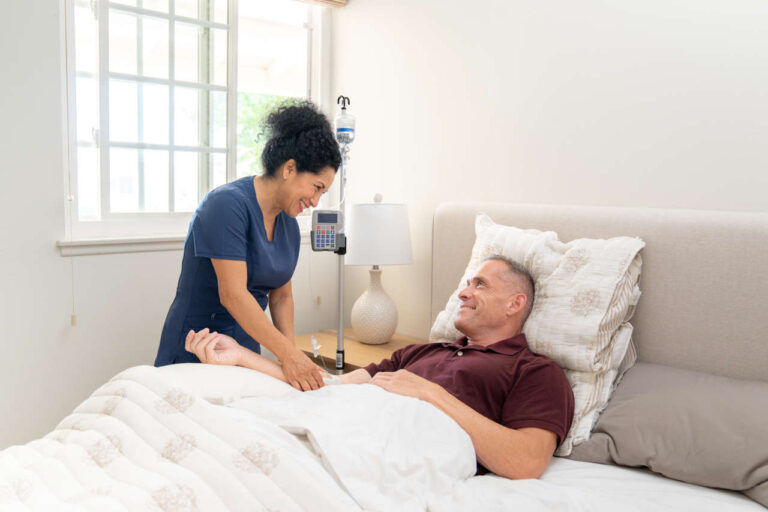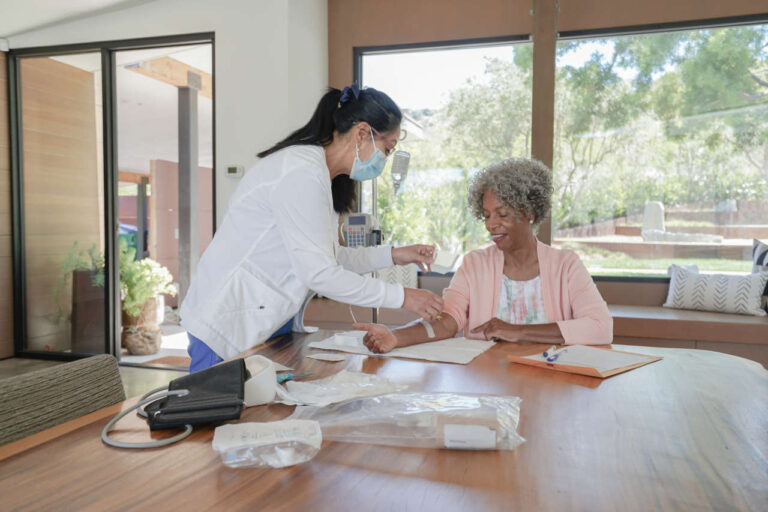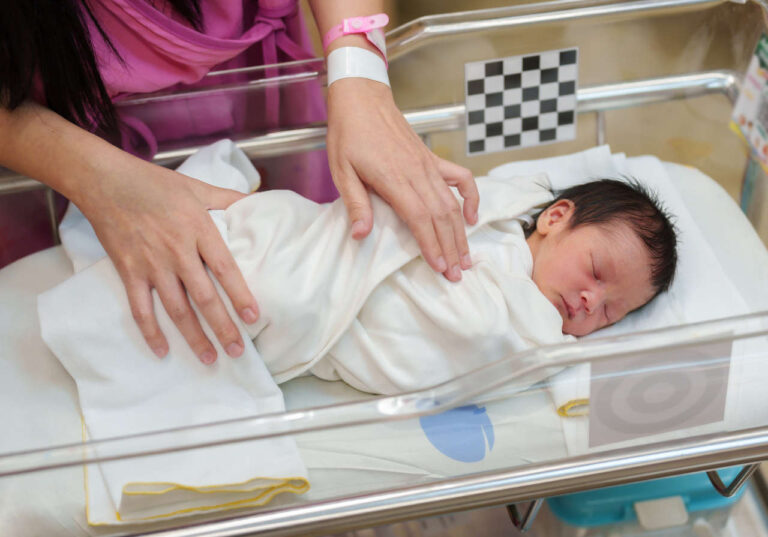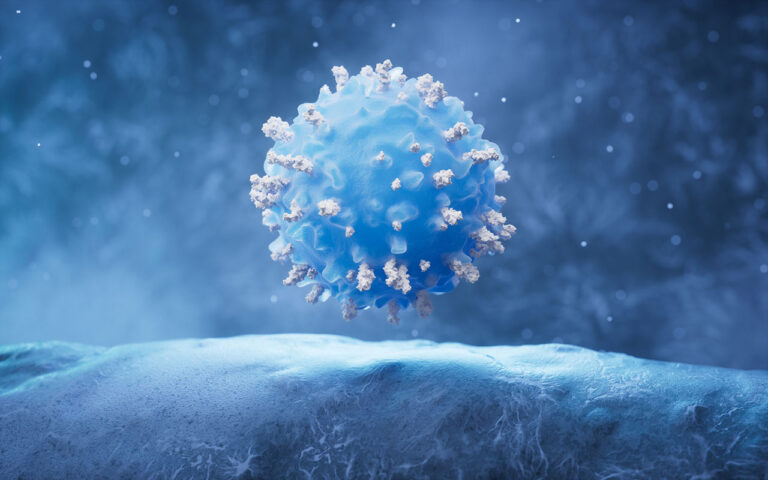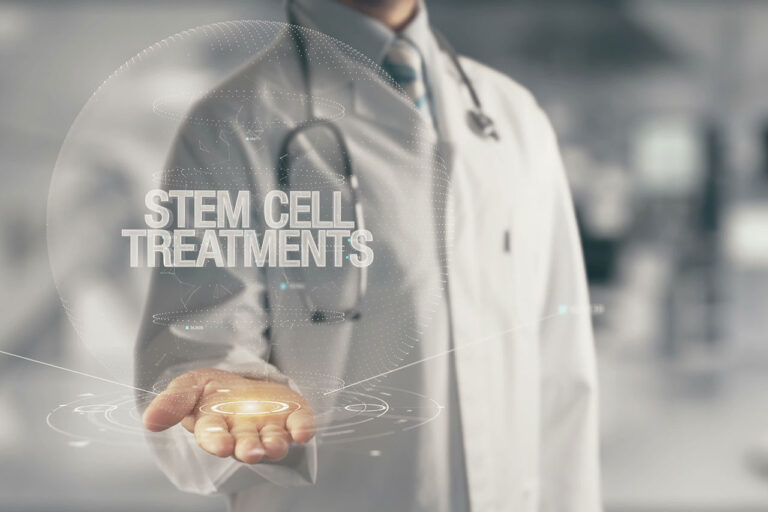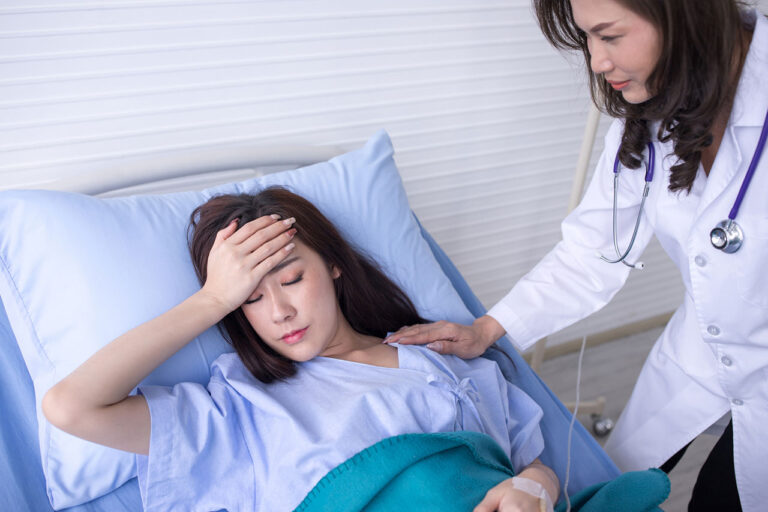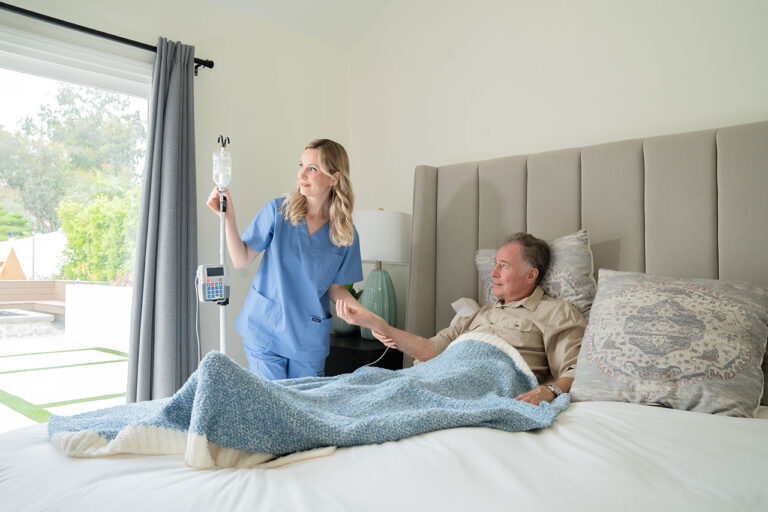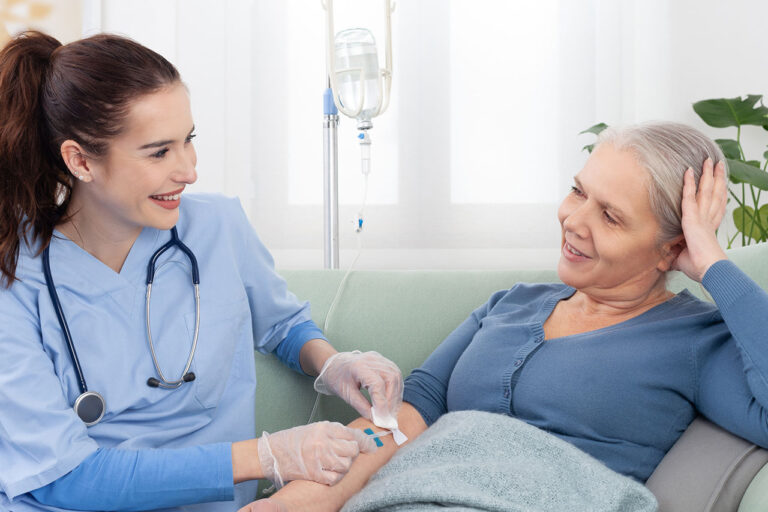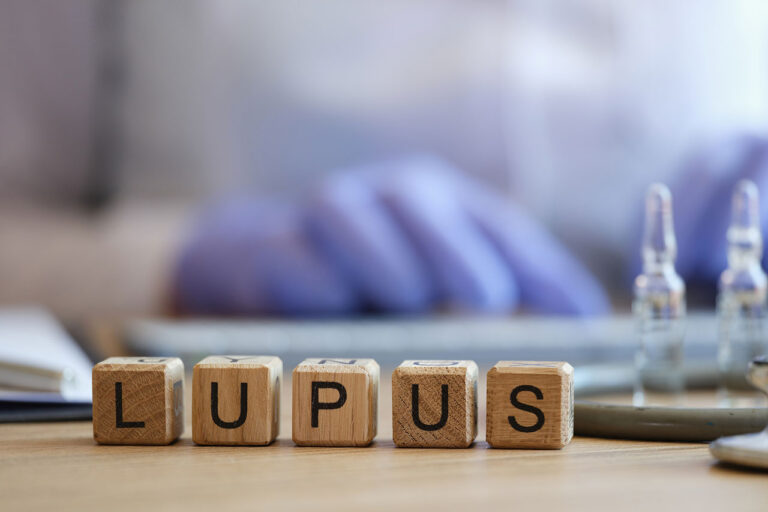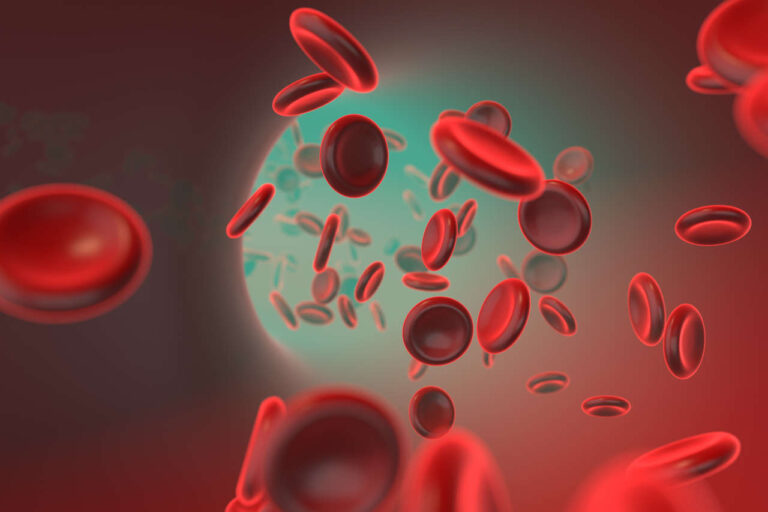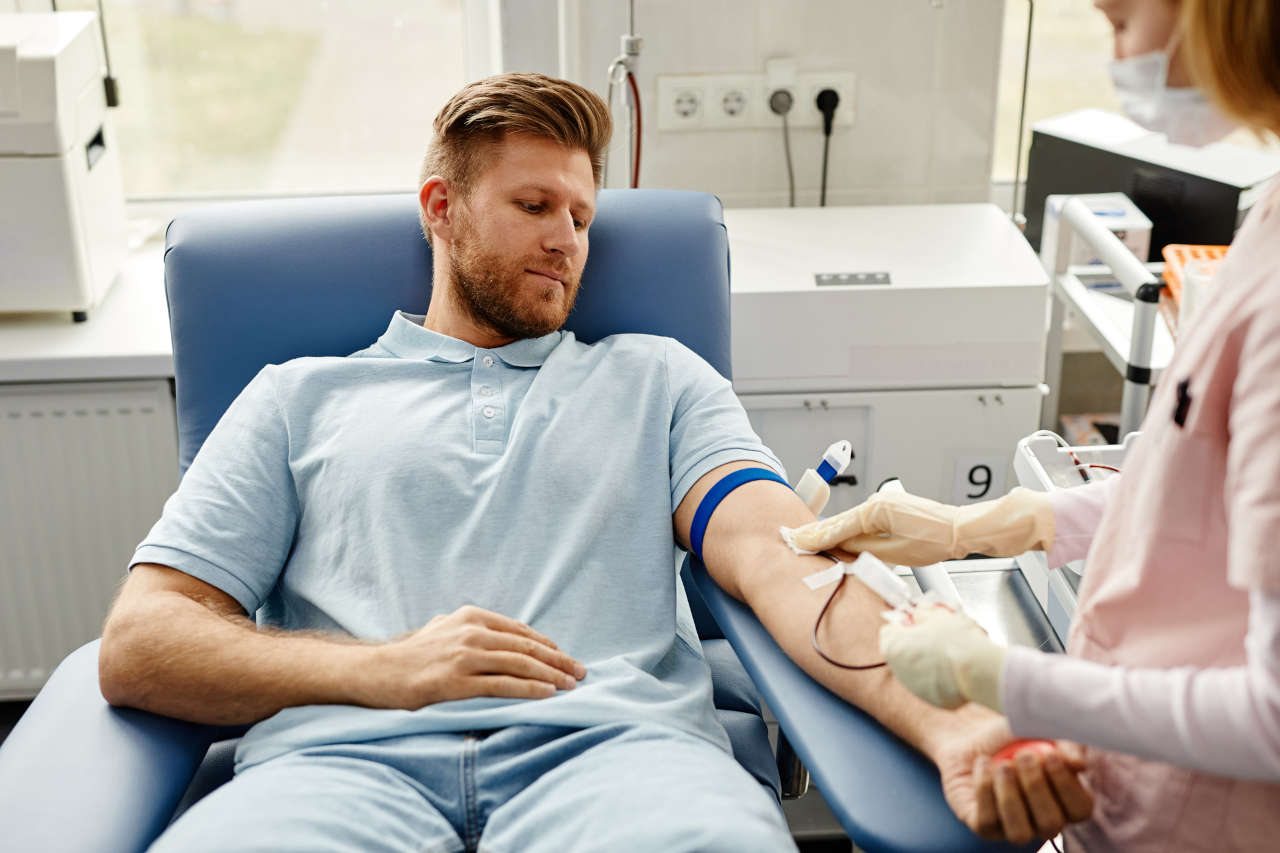
Inmunoglobulina intravenosa (IVIG) Es un producto terapéutico elaborado a partir de la mezcla de plasma de miles de donantes. El plasma humano contiene varios componentes esenciales, entre ellos las inmunoglobulinas (Ig), también conocidas como anticuerpos. Inmunoglobulinas Son componentes importantes del sistema inmunológico y ayudan al cuerpo a combatir infecciones.
Pregunte sobre la infusión de IgIV en el hogar
El proceso de purificación de inmunoglobulina del plasma para crear terapias para pacientes es complejo y requiere mucho tiempo. La producción de un lote de productos de IgIV para uso terapéutico requiere aproximadamente 9 meses.
El producto final de IgIV consiste en una mezcla de anticuerpos que se administran por vía intravenosa en el torrente sanguíneo del paciente.
En este artículo, analizaremos la serie de pasos que sigue cada fabricante para producir una solución estéril final de IgIV para uso terapéutico.
Proceso de producción de IgIV
Los pasos involucrados en la producción de IgIV incluyen la recolección de plasma, fraccionamiento, purificación, formulación, pruebas y envasado.
Recolección de plasma
El proceso de fabricación de IgIV comienza con la recolección de plasma de miles de donantes sanos. Los donantes se seleccionan mediante un riguroso proceso de selección para garantizar la máxima calidad y seguridad del plasma.
El plasma utilizado para la producción de IgIV se obtiene de dos fuentes: Acerca de 20% proviene de donantes de sangre, mientras que el resto 80% proviene de donantes de plasma.
Dado que las inmunoglobulinas son una pequeña parte del plasma, se requieren muchas donaciones para producir suficiente IgIV para tratar a los pacientes. Por ejemplo, producir suficiente IgIV para tratar a un paciente inmunodeprimido durante un año requiere aproximadamente 130 donaciones de personas sanas.
Fraccionamiento de plasma
Tras la recolección del plasma sanguíneo, se lleva a cabo una serie de procesos de fraccionamiento, durante los cuales se fraccionan las proteínas plasmáticas como las inmunoglobulinas, los factores de coagulación y albúmina están separados de otros componentes del plasma.
La técnica de fraccionamiento de Cohn, desarrollada por Edwin J. Cohn En la Segunda Guerra Mundial, se suele seguir, con algunas modificaciones más recientes, para extraer una solución concentrada de inmunoglobulina del plasma. En esta técnica, se utilizan pequeñas cantidades de alcohol (etanol) para reducir el pH y la fuerza iónica y separar la albúmina y otras proteínas plasmáticas según su solubilidad.
Durante el proceso, la temperatura se mantiene baja para disminuir la posibilidad de contaminación y permitir el fraccionamiento a gran escala.
Purificación de IgIV
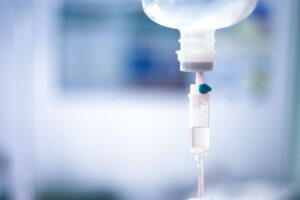
Una vez separadas las inmunoglobulinas mediante métodos de fraccionamiento, se lleva a cabo una purificación rigurosa para producir una solución concentrada de inmunoglobulinas. El proceso de purificación elimina las proteínas inactivas, las impurezas y los contaminantes de la solución. Para la purificación de inmunoglobulinas, se utilizan diferentes... cromatografía Se siguen métodos como la cromatografía de intercambio iónico con DEAE Sephadex®, la cromatografía de inducción de carga hidrofóbica y la cromatografía de exclusión por tamaño.
Cada técnica de cromatografía es única y produce resultados 95% – 97% de IgG altamente purificada A partir de pequeños volúmenes de plasma humano en un proceso de purificación de un solo paso. Por ejemplo, la cromatografía en columna DEAE Sephadex® produce una solución de IgG 95% altamente purificada.
Por el contrario, la cromatografía de exclusión por tamaño ayuda a separar las diferentes formas de inmunoglobulina IgG en función de su tamaño respectivo del plasma combinado.
Además, los procedimientos cromatográficos también ayudan a eliminar una inmunoglobulina IgA, que puede causar un shock anafiláctico grave en pacientes con deficiencia de IgA y que tienen anticuerpos anti-IgA en la sangre.
Eliminación de patógenos dañinos
Dado que la IgIV se compone de reservas de plasma de miles de donantes, existe la posibilidad de que un virus como el VIH o Hepatitis C Puede estar presente en una muestra. Si bien se tiene mucho cuidado al seleccionar donantes de IgIV, realizando un cribado y analizando las muestras donadas para detectar virus o bacterias, el uso de un proceso de fraccionamiento es vital para obtener un alto nivel de pureza en una muestra.
Además, se han diseñado varios métodos para eliminar o inactivar los patógenos virales, como se indica a continuación:
- Tratamiento con disolvente/detergente (S/D) Inactiva los virus mediante la aplicación de sustancias químicas que destruyen su capa exterior (envoltura).
- Pasteurización Es un proceso en el que la solución de IgIV se calienta a 60 ℃ durante 10 horas.
- Radiación UVC y radiación de dosis baja Se utilizan métodos para destruir el virus atacando su composición genética.
- Tratamiento de pH bajo Altera la capa protectora del virus y cambia la conformación de la proteína.
- Nanofiltración Es un tipo de método de ultrafiltración en el que una solución de IgIV pasa a través de una membrana (filtro) cuyos orificios son demasiado pequeños para que pase un virus.
¿Puede ayudar la IgIV? | Información gratuita sobre el tratamiento con IgIV
Formulación y composición de IgIV
Una vez purificada, la IgIV se somete a un proceso de formulación y estabilización para garantizar su eficacia y estabilidad. Los fabricantes formulan y estabilizan la solución de IgIV ajustando el pH y añadiendo agentes estabilizantes como azúcar o aminoácidos. Este paso hace que cada producto de IgIV difiera en cuanto a formulación y composición.
Prueba final y envasado de IgIV
Los productos de IgIV se someten a rigurosos controles de calidad durante todo el proceso de producción. Se realizan diversas pruebas y ensayos para eliminar contaminantes, patógenos virales o priones.
Una vez completadas las pruebas de control de calidad, el producto final se transfiere a viales en un ambiente aséptico y se incuba durante varias semanas para garantizar una alta calidad y seguridad.
Después de la inspección final, la IgIV se etiqueta, se envasa y se envía a los centros de atención médica para su uso terapéutico.
Conclusión
La IgIV se elabora a partir del plasma de miles de donantes, que posteriormente se purifica mediante rigurosos métodos de purificación y control de calidad. Desde la recolección del plasma hasta la formulación de la solución estéril de IgIV, se aplican las mejores prácticas de recolección en cada etapa para garantizar la seguridad, eficacia y calidad del producto.
REFERENCIAS:
- Barahona Afonso, AF y Pires João, CM (2016). Los procesos de producción y los efectos biológicos de la inmunoglobulina intravenosa. Biomoléculas, 6(1). https://doi.org/10.3390/biom6010015
- Durandy, A., Kaveri, S.V., Kuijpers, T.W., Basta, M., Miescher, S., Ravetch, J.V. y Rieben, R. (2009). Inmunoglobulinas intravenosas: comprensión de sus propiedades y mecanismos. Inmunología clínica y experimental, 158(Suplemento_1), 2-13. https://doi.org/10.1111/j.1365-2249.2009.04022.x
- Knezevic-Maramica, I., y Kruskall, MS (2003). Inmunoglobulinas intravenosas: Actualización para médicos. Transfusión, 43(10), 1460-1480. https://doi.org/10.1046/j.1537-2995.2003.00519.x
- Cowden, J., y Parker, SK (2006). Inmunoglobulina intravenosa: producción, usos y efectos secundarios. Revista de enfermedades infecciosas pediátricas, 25(7), 641-642. 10.1097/01.inf.0000223517.98486.2f
